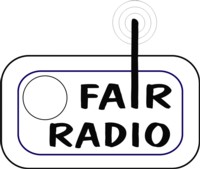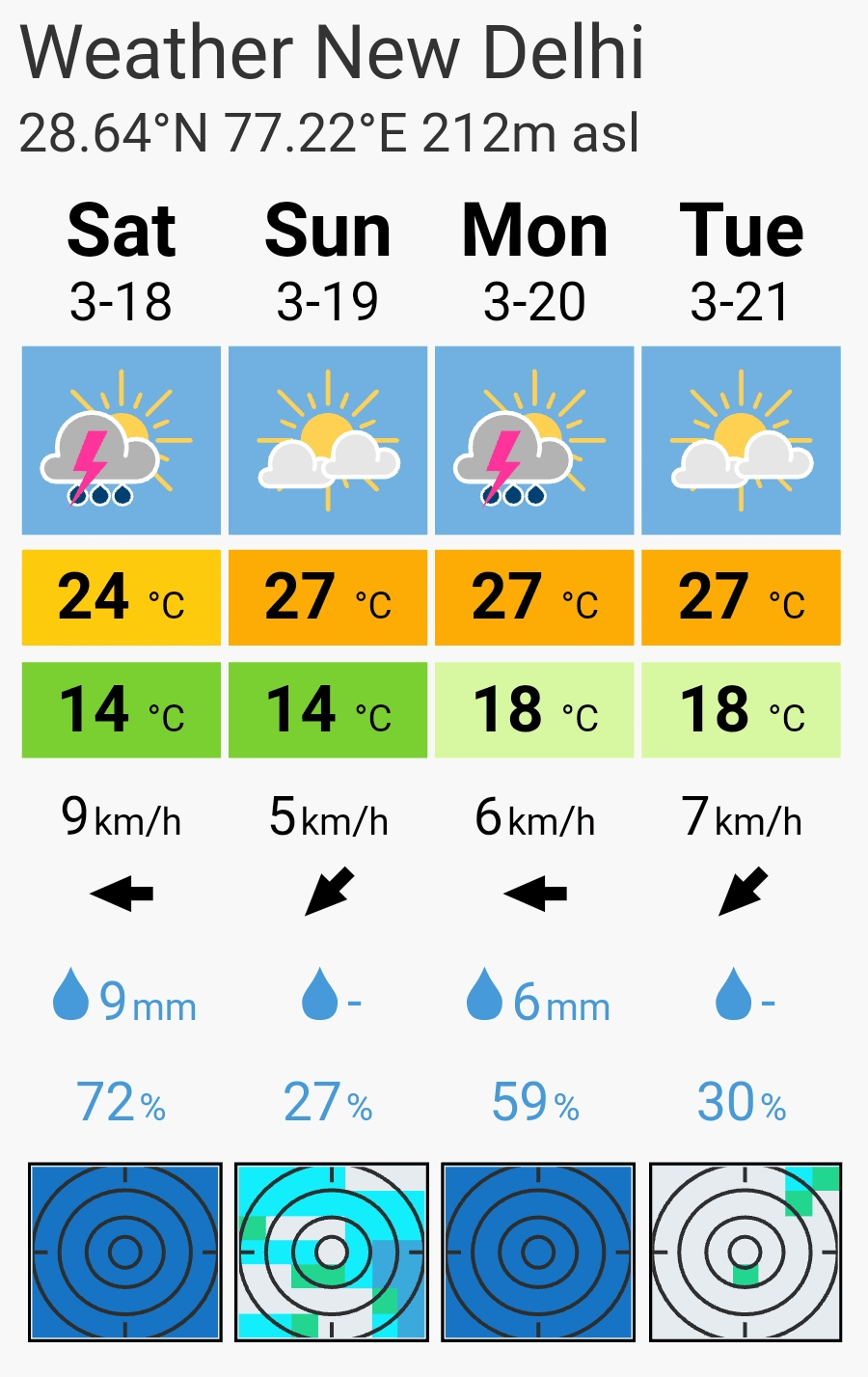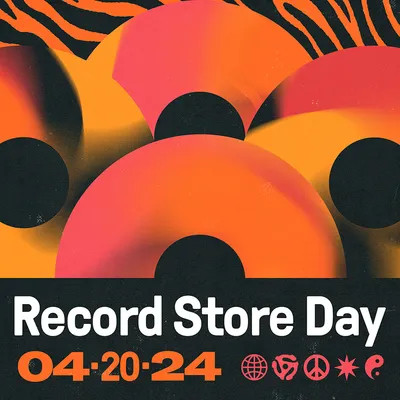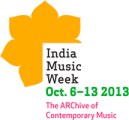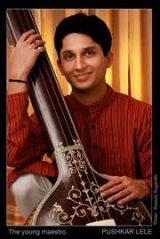NADA – A concept of Sound
– part 1: Ahata – The external sound | part 2: Anahata – The inner sound.
In Sanskrit means “Big sound”: Maha Nada. It teaches us the healing effect of the ragas. The complex set of rules for Ragas aim at only one aspect: to create one particular sound (nada). Our monthly radio show deals with this external sound – ahata nada (as part 1). – As 2nd part we will present “Anahata Nada – The path from outer to inner sound“. – Come in and “Enjoy listening to good music !”
In an earlier broadcasting with the show “Nava Rasa-s, the nine moods of Indian Ragas” we experienced that the concept of beauty does not occur. The emotional frame is limited to love, laughter, pity, anger, courage, fear, terror, wonder and serenity.
Ragas not gloss over our sense of hearing, unlike in the visual arts. It’s about the experience of a higher reality and the truth, the genuine = Niranjana (the pure).
In Indian arts, e.g. music, dance and theater the acteurs are aware that the sense for harmony is determined by the individual imagination and subtle perception of the viewer/listener. In the sound of the music only from the whole of matter, mind, emotions and life itself the creative element is visible. By the harmony of music the original is visible, and our human nature becomes visible, to. Harmony is perfection, a unit of truthful, unclouded perception by the perceiver. It is the Indian (or even Asian) understanding of self-realization. To experience this primary and the creativity of the universe in which God dwells, it is necessary an intellectual/menthal training.
dates of broadcasting (part 1 and 2)…
19th October 2015 – 04:00-05:58 pm EST (10:00-11:58 pm CET) @ TIDE Radio (DE/Hamburg)
broadcasting plan | streaming (Internet Radio & Mobile Radio) | podCast
In Sanskrit, there exists the term Shabda (= sound or speech). Katyayana, the mathematician, Vedic priests and Sanskrit grammarian of the 3rd Century (BC), describes Shabda as “speech of eternal validity“. The sound in the human language thus contains both the causal principle, which is subtly placed in sound and expressing the true meaning in the sense of the word (speech).
Om (or Aum) is the syllable that is inherent in the human body as the first vibration and resonance of the non-dualistic universe. Here about Bhartrhari , a writer from 5th century described Shabda as the “inner sound“. Shabda is a unifying insight, identical with Brahman, the supreme consciousness. With Brahman a higher reality can be experienced. Shabda exists and resonates in every living being. It is a kind of fundamental tone in the world. This inner sound, Anahata nada, may be listened from a human with the “inner ear”. With sound yoga (= Nada yoga) and listening to ragas as the external sound – Ahata Nada – one can come closer to this “inner sound”.
+++

